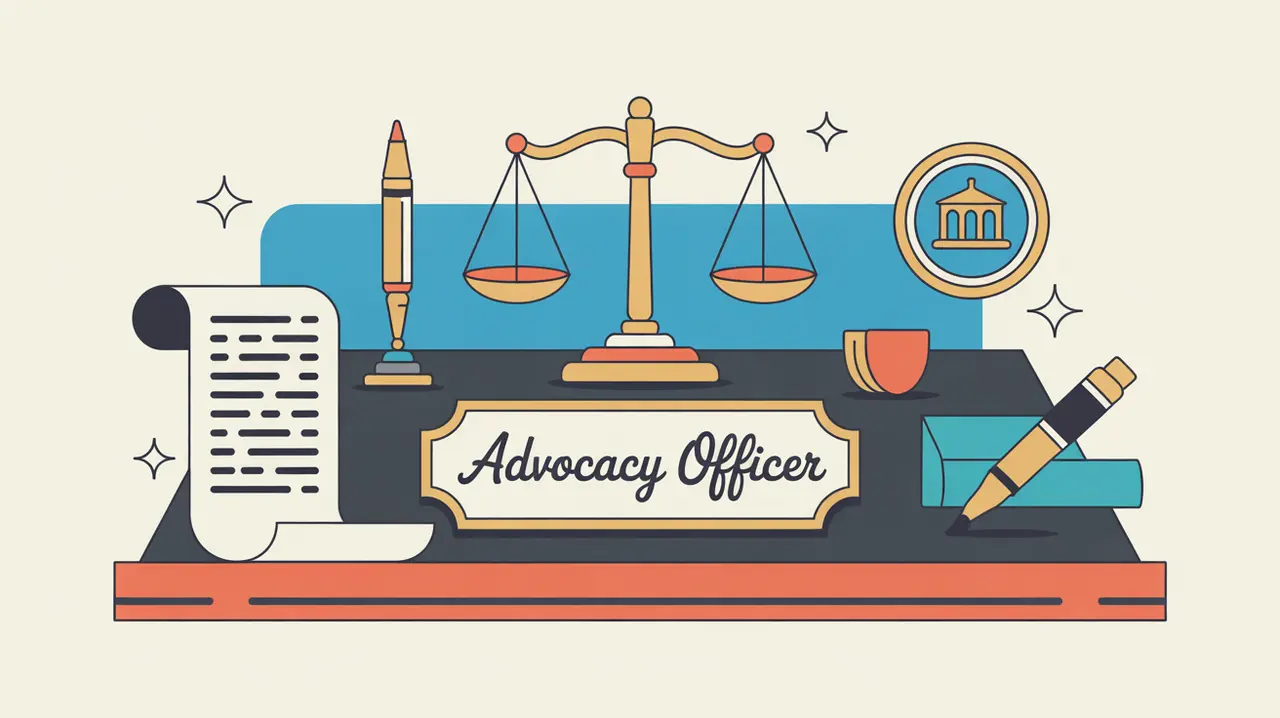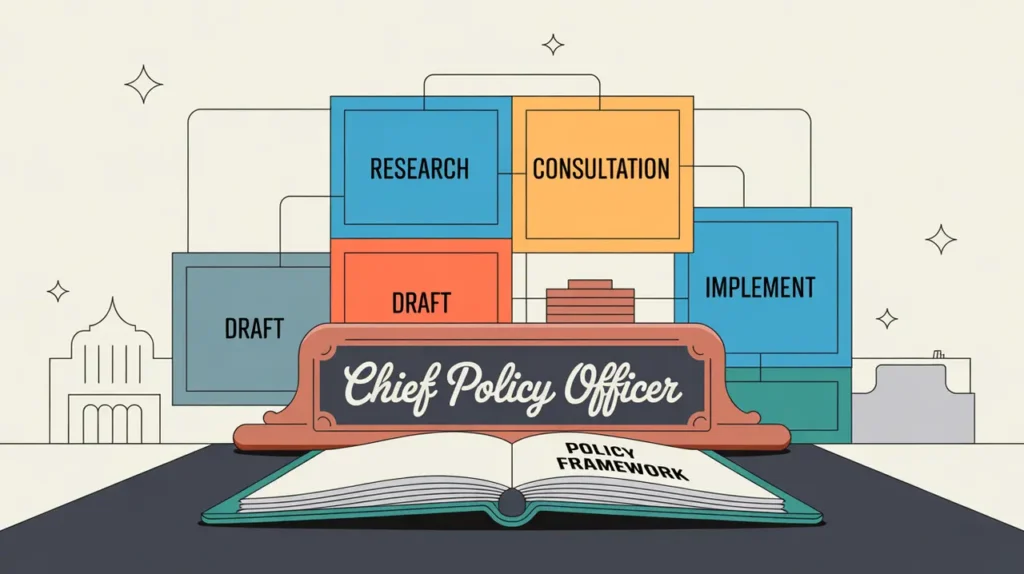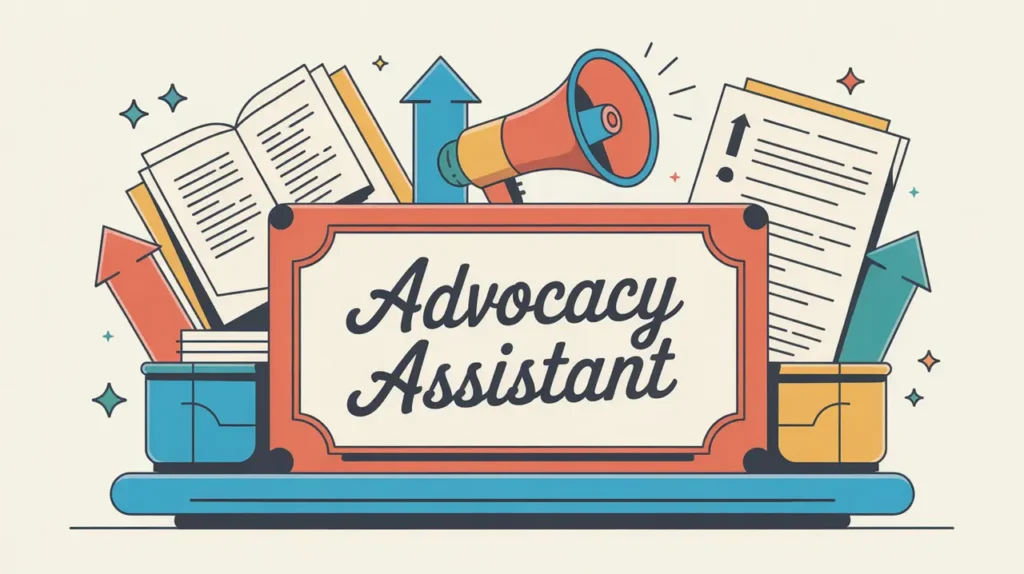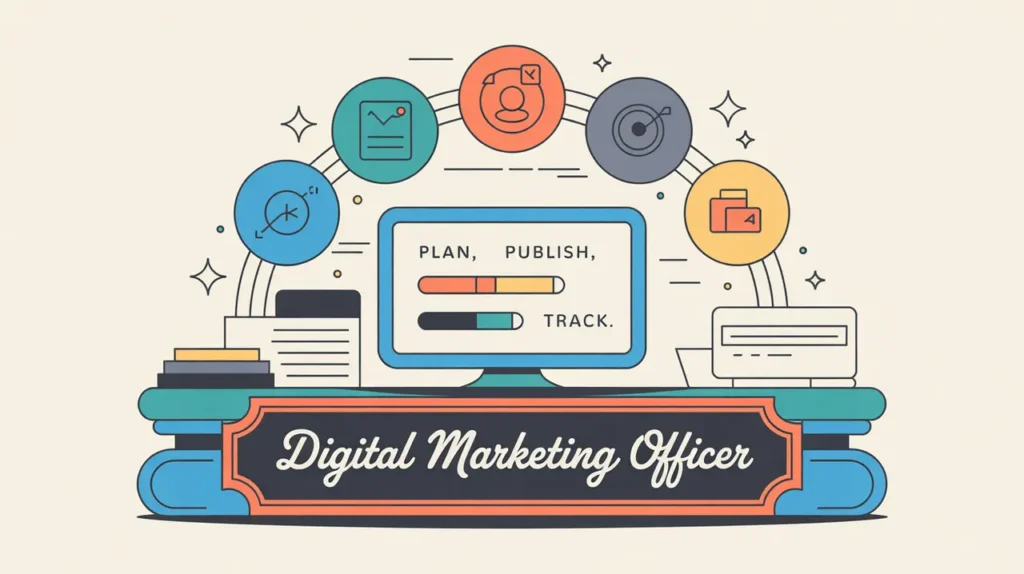What Does the Advocacy Officer Role Involve?
An advocacy officer is responsible for implementing strategies that influence policy, shape public discourse, and advance organizational priorities. This involves coordinating campaigns, engaging with policymakers and partners, conducting policy analysis, and supporting communications that articulate clear positions on key issues. Advocacy officers act as connectors between research, strategy, and external engagement, ensuring that advocacy efforts are timely, targeted, and grounded in evidence. The role typically sits within policy, strategy, or communications functions. In both nonprofits and social enterprises, advocacy officers play a critical role in translating organizational goals into actionable advocacy initiatives.
At What Level does this Role Operate?
Mid Level: This role operates with autonomy within advocacy, policy, or communications teams. Advocacy officers typically report to advocacy managers, policy leads, or directors of strategy, and may supervise assistants or interns. They are responsible for advancing specific campaigns or policy objectives, representing the organization in networks, and coordinating with internal teams to deliver cohesive advocacy efforts.
Relative Employability: Mid-level advocacy roles are in steady demand across nonprofits, social enterprises, think tanks, and coalitions. Advocacy officers with strong policy analysis skills, campaign execution experience, and stakeholder engagement capabilities are well positioned in the field.
Relative Pay Scale: Within nonprofits and social enterprises, advocacy officer roles generally sit in the mid pay bands for policy and communications staff. Compensation is typically above assistant or associate levels and reflects the combination of analytical and external engagement responsibilities.
What are the Key Responsibilities and Activities?
- Implement advocacy strategies and campaigns to advance organizational priorities
- Conduct policy research and analysis to inform advocacy positions
- Build and maintain relationships with policymakers, partners, and coalitions
- Coordinate internal teams to align messaging and strategy across programs and communications
- Draft advocacy materials such as briefs, talking points, and position statements
- Monitor legislative and policy developments and identify opportunities for influence
- Represent the organization at meetings, forums, and advocacy events
- Track progress and contribute to reporting on advocacy outcomes
What Core Competencies and Qualifications are Needed?
Required Qualifications and Experience
The following reflect common qualifications and experience expected for this role, while recognizing that pathways may vary by context, organization, and region.
- Relevant academic background in political science, public policy, law, communications, or related fields, or equivalent professional experience
- Appropriate years of relevant experience for a mid-level role, typically involving advocacy or policy work
- Strong understanding of policy processes, advocacy tactics, and stakeholder engagement
- Demonstrated ability to communicate complex ideas clearly and persuasively
- Strategic thinking and analytical skills
Key Competencies
- Policy analysis and strategic advocacy skills
- Ability to build and maintain stakeholder relationships
- Strong written and verbal communication
- Coordination and collaboration across teams
- Campaign planning and execution skills
- Attention to detail and capacity to manage multiple priorities
How are AI and Automation Shaping this Role?
An AI-native advocacy officer will look to AI and automation to strengthen policy analysis, accelerate intelligence gathering, and improve advocacy targeting. They can use AI tools to track legislation, analyze policy trends, and map stakeholder networks. Automation can streamline campaign workflows, coalition coordination, and communications, allowing officers to focus on strategic engagement and external influence. AI-assisted drafting tools can help advocacy officers generate tailored briefs, talking points, and position papers efficiently, which they can then refine for accuracy and impact.
What Career Pathways and Transferable Skills are Associated with this Role?
Advocacy officer roles prepare professionals to move into managerial or senior policy positions, such as advocacy manager, policy advisor, or external relations lead. The combination of analytical skills, campaign implementation experience, and stakeholder engagement developed in this role is transferable to roles in government relations, policy research, communications strategy, and public affairs across nonprofits, social enterprises, think tanks, and international organizations.







